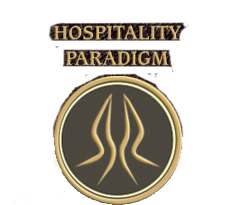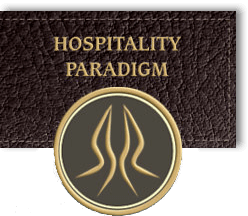Selling when needs are absent, may lead to lot of objections. Also. if the needs are abstract and not formed clearly, the selling process may still lead to some objections. Creating concrete needs make the selling process smooth. A high-pressure salesman is the one who starts selling before establishing concrete needs whereas the effective salesman spends time in creating and developing the right type of needs. There are essentially two types of needs:
- Abstract or Unclear Needs: Dissatisfaction/Problem may make the customer worried and make him think towards change. However due to inadequate value propositions he may live with the problem rather than accept your solution, making price the main issue.
- Concrete or Clearly Felt Needs: These are the strong desires and wants which are clearly felt and perceived by the customers. Concrete needs make your selling process smooth.


